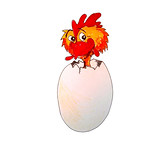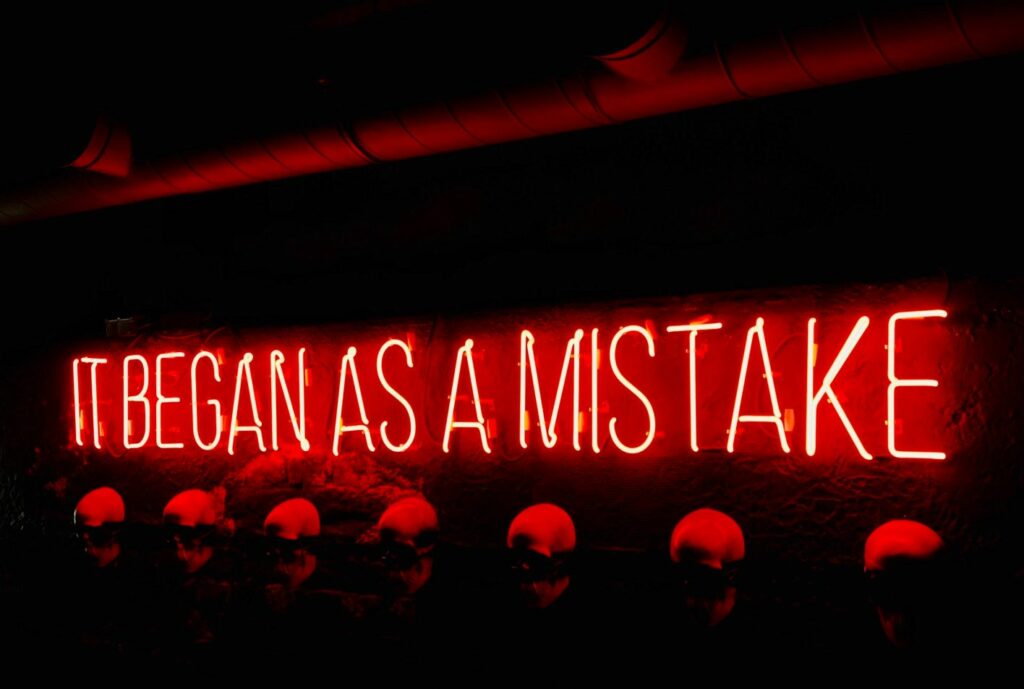The story of my EdTech passion project.

I began teaching elementary school in 2010, and I honestly cannot remember not using the new curriculum. Our district was part of the pilot and it made sense to jump into the new curriculum very early on. By the time it premiered in 2016, I was already very familiar with it, or so I thought. What I mean by that is that I knew how to use the new report card, which listed various learning outcomes for assessment, but I didn’t really change my practice at all. I was teaching the redesigned content, but paid no regard to the curricular or core competencies in any real sense. It was about this time I began using the digital portfolio platform, FreshGrade (which has since been retired), and slowly my pedagogy began to shift. This shift was made possible by technology that had the capacity to keep the new curriculum at the forefront of my assessment practices. I tagged all the learning outcomes (curricular and content) that I was addressing in each activity. I even used our own version of the new proficiency scale to assess some of them. But when it came right down to it, I was just checking off the required boxes- almost like proof I was doing my job. I still used my own rubrics, gave numerical marks on subjective material, and only assessed the assignment as an overall product. I was not assessing individual competencies and it never occurred to me to do so.
But then we got the email that FreshGrade was being retired.

On the hunt for a new digital portfolio, and knowing I wanted it to also function as a gradebook, I started looking into the various options out there. My husband actually discovered SpacesEdu as he was a user of the career platform MyBluePrint and Spaces was their new elementary portfolio app.
Spaces was different than FreshGrade and that was apparent immediately. There was no option for creating my own assessment tool. There was only competency based assessment that was aligned with the BC curriculum. So I pivoted.
Every activity I assess is based on the curricular competencies and the grade specific content. Each one is assessed individually. Every single time. This may not sound groundbreaking since that is a key component of the curriculum and the new reporting order but it was a pedagogical shift for me. Instead of fitting the way I wanted to teach into the curriculum, the curriculum is now the center for everything. This has opened up so many avenues for differentiation and individualized learning. But it also means that sometimes our hard work is not recognized because it’s not one of the learning outcomes for my grade level. If a student in my grade 6 class is still working on sight words, that’s a little trickier to fit into the content, even though it still fits with the curricular competencies.
In addition to diving right into competency-based assessment and the new proficiency scale, I also began looking at how this new portfolio could support student engagement by allowing them other ways to demonstrate their learning.
I partnered with the teacher of my buddy class on a NOIIE project (Network of Inquiry and Indigenous Education) to see if we could track student engagement, both within the Spaces app and whether that increased engagement within the classroom too.

This year, my NOIIE project is focusing on student self-assessment of the core competencies and the goal setting that is required of them. I’m inquiring into whether a digital portfolio allows students to collect data towards their personal competency goals more effectively.
The more I work with SpacesEdu, the more convinced I am that there is more to it than just a portfolio for student’s to showcase their work. It has sparked all sorts of questions for me that I want to study in depth.
Do I want to focus on the ways in which portfolios allow students to demonstrate their learning in a multitude of ways? Maybe the ability of portfolios to help differentiate for students with varied skill sets? What are the barriers for teachers when considering using e-portfolios? How does SpacesEdu support the new BC curriculum? Is visible learning more valuable? What role do parents want to play in their child’s day to day education? How do portfolios engage students and/or parents? Perhaps at the forefront of my thinking right now: Are teachers willing to make the jump to competency-based assessment to use SpacesEdu effectively?
I didn’t commit to competency-based assessment until I had a system in place that allowed me to do it, regardless of the curriculum and the new reporting order. I’m pretty certain that there are many teachers out there in the same situation. So now, I investigate.
Leave a Reply